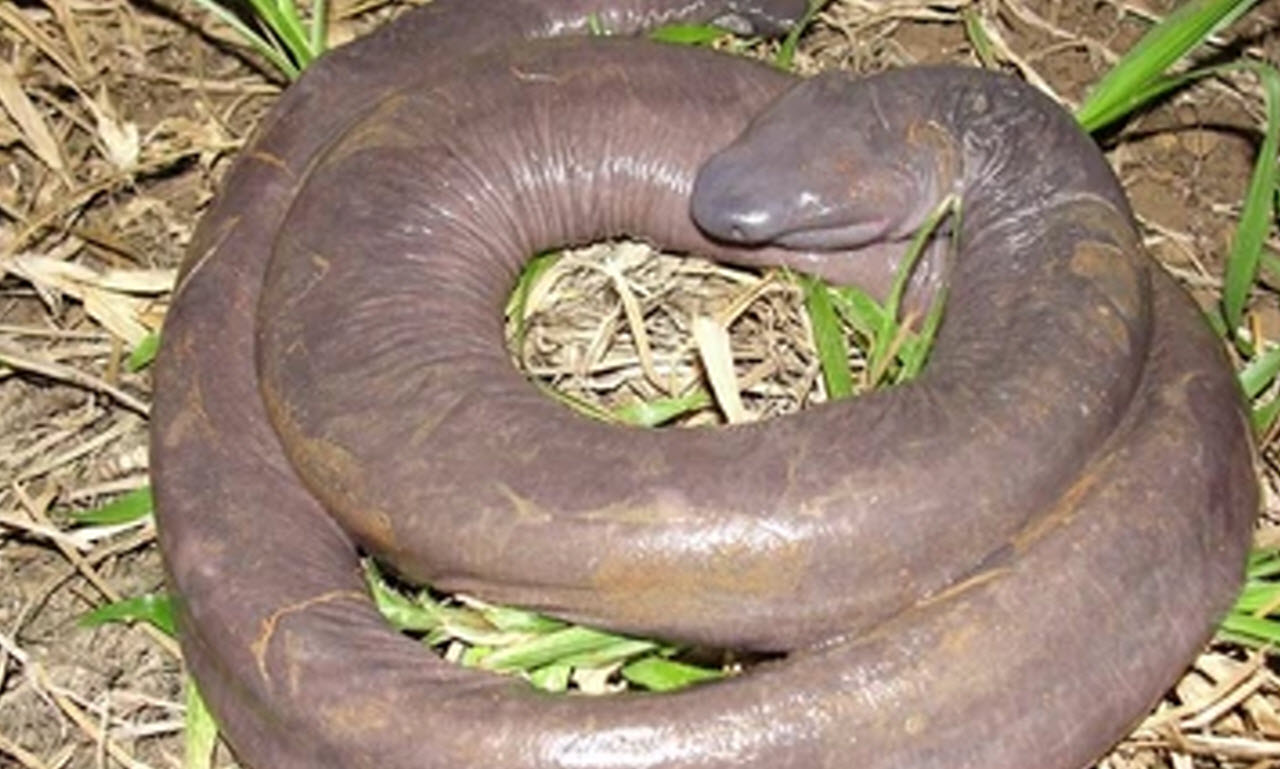
The world is full of strange and unusual creatures. Some of them may find their way into our backyard and others live halfway around the world and are rarely ever seen.
One animal that has been taking people by surprise online recently is known as the man-aconda. It is a rather unusual-looking creature, that is sometimes referred to as a penis snake or a blind snake.

When you look at the creature for yourself, it’s difficult not to see the phallic shape that has grabbed so many people’s attention. The images have been around for a few years and were circulating online, but something this good is not going to stay in the shadows very long.
The man-aconda is actually not a snake at all, despite the fact that it has that appearance. It is known as an Atretochoana eiselti, and it seems to be in a category of its own.
Rather than being a snake, it is similar to a salamander so it would fall into the category of being an amphibian. More specifically, it is among the lungless tetrapods, and is the largest or among the largest to exist.

If you want to find one of these rare creatures, you would have to go to the Amazon in Brazil to find it. Sir Graham Hales first discovered the creature in the late 1800s when he was on an expedition.
The first description came in 1968 and they began to analyze it further. In 1996, it was reclassified and now has the status of having a unique and exclusive genus, Atretochoana.
The penis snake exists in the Amazon River as well as in the Madeira River in Brazil. They have not found it elsewhere and no documented sightings have been reported at any other location.
When the pictures first started circulating online in 2011, they went viral very quickly. A family of these unusual creatures was taken from a Brazilian River when it was drained after a hydraulic dam was being inspected.
A biologist associated with the energy company doing the dam construction said they don’t know much about the amphibians. They did say: “Of the six we collected, one died, three were released back into the wild and another two were kept for studies.”
We just hope they left some behind.




Leave a Reply